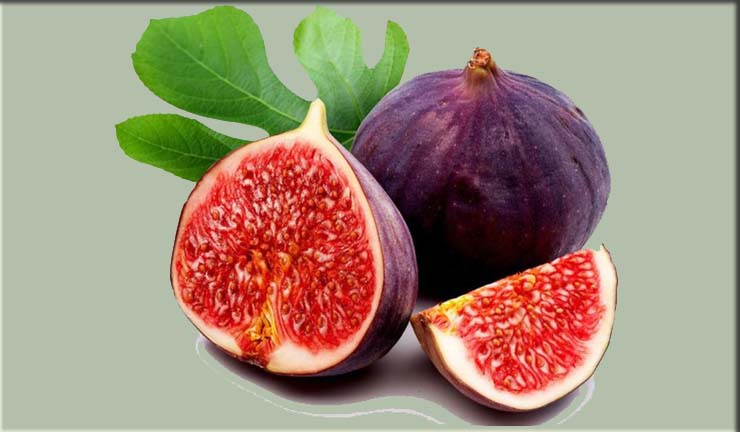The figs, also known scientifically as Ficus carica is a delicious fruit that’s enjoyed by cultures all over the world. The Friday Fig is unique among the many varieties of figs because of its historical and cultural significance. This article explores the origins, the cultivation, the nutritional benefits, the culinary uses, and the cultural significance of the Friday Fig.
Table of Contents
The Fascinating Friday Fig: A Comprehensive Exploration Origins and History
History
The fig has been cultivated since ancient times. Evidence of its use dates back to ancient civilisations. A particular variety of fig has a long history that is intertwined in many cultures. The name of this particular variety is thought to have been derived from Friday, a day that has religious and cultural significance for many cultures.
Geographic Origins
In warm climates, figs are native to the Mediterranean and Western Asia. It is believed that the Friday Fig originated in the Middle East – specifically, regions which are now part modern day Turkey and Syria. This variety was spread around the world by trade and exploration.
BOTANICAL CHARACTERISTICS
Physical Description
When fully ripe, the Friday Fig has a deep purple or green color and a pear-like form. The flesh is usually a deep red or amber colour, with a sweet honey flavor and a slightly squishy texture.
Growth Requirements
If you have the right climate, figs are easy to grow. Friday figs thrive in temperate, warm regions that receive plenty of sunshine. They can tolerate drought and prefer well-drained land, but regular watering will increase the yield. The fig tree can reach a height of up to 10 metres, and its broad, lobed, leaves provide plenty of shade.
NUTRITIONAL BENEFITS
Rich In Nutrients
Friday figs are delicious and packed with nutrients. The dietary fibre in them is excellent for digestion and gut health. They also contain significant amounts vitamins A, B1, and B2, as well as minerals such as potassium, magnesium and calcium.
Health Benefits
The nutritional profile contributes to many health benefits. High fiber content regulates blood sugar, making Friday figs a healthy snack for with diabetes. Antioxidants, particularly polyphenols help combat oxidative stresses and reduce the risk of chronic disease. The potassium in figs also supports cardiovascular health, by maintaining healthy blood pressure.
CULINARY USES
Fresh and Dried Forms
Friday figs are available in many forms. Fresh figs can be eaten as a snack, or added to desserts, salads and appetizers. Their sweetness goes well with savory foods like cheese and prosciutto. Dried figs are available all year round. They can be used for baking, cooking and topping cereals and yogurt.
Traditional Recipes
Friday Figs feature in many traditional recipes. In Middle Eastern cuisine figs can be used to make savory dishes such as stews and tagines. In Mediterranean countries they are used in sweet and savory treats like fig tarts and bars. The figs are also used in jams, preserves and chutneys. They can be used for sweet or savory recipes.
CULTURAL SIGNIFICANCE
Symbolism and Folklore
Figs are associated with many different symbolic meanings. Figs are a symbol of fertility, abundance and prosperity in many cultures. In ancient Greece, figs were revered and often associated with gods. In some Middle Eastern cultures, the Friday Fig is revered as a fruit that brings good fortune and blessings.
Religious Importance
In many religious texts, figs appear as important fruits. In the Bible figs often appear as symbols of peace and prosperity. In Islam, the Quran mentions figs as one of the fruits in Paradise. In Islam, Friday is a day of religious significance. This could have contributed to the name Friday Fig.
CHALLENGES IN CULTIVATION AND OPPORTUNITIES
Pest and Disease Management
Growing figs is not easy, and the Friday Fig is no exception. Pests and diseases like fig rust, mosaic virus and aphids can affect fig trees. To maintain healthy figs, it is important to use effective pest management techniques and monitor the trees regularly.
Sustainability Practices
Growing interest among fig farmers in sustainable farming methods. The sustainability of fig farming can be improved by using organic methods, conserving the water and promoting biodiversity. In addition, by educating farmers on these practices, they can improve yields and create healthier ecosystems.
CONCLUSION
Friday fig is a symbol for history, culture and nutrition. The Friday Fig’s versatility and unique flavor make it an important ingredient in many culinary cultures. We must continue to appreciate and explore the Friday Fig. It is also important to encourage sustainable practices so that this fruit can remain a part our culture and diet for many generations.



